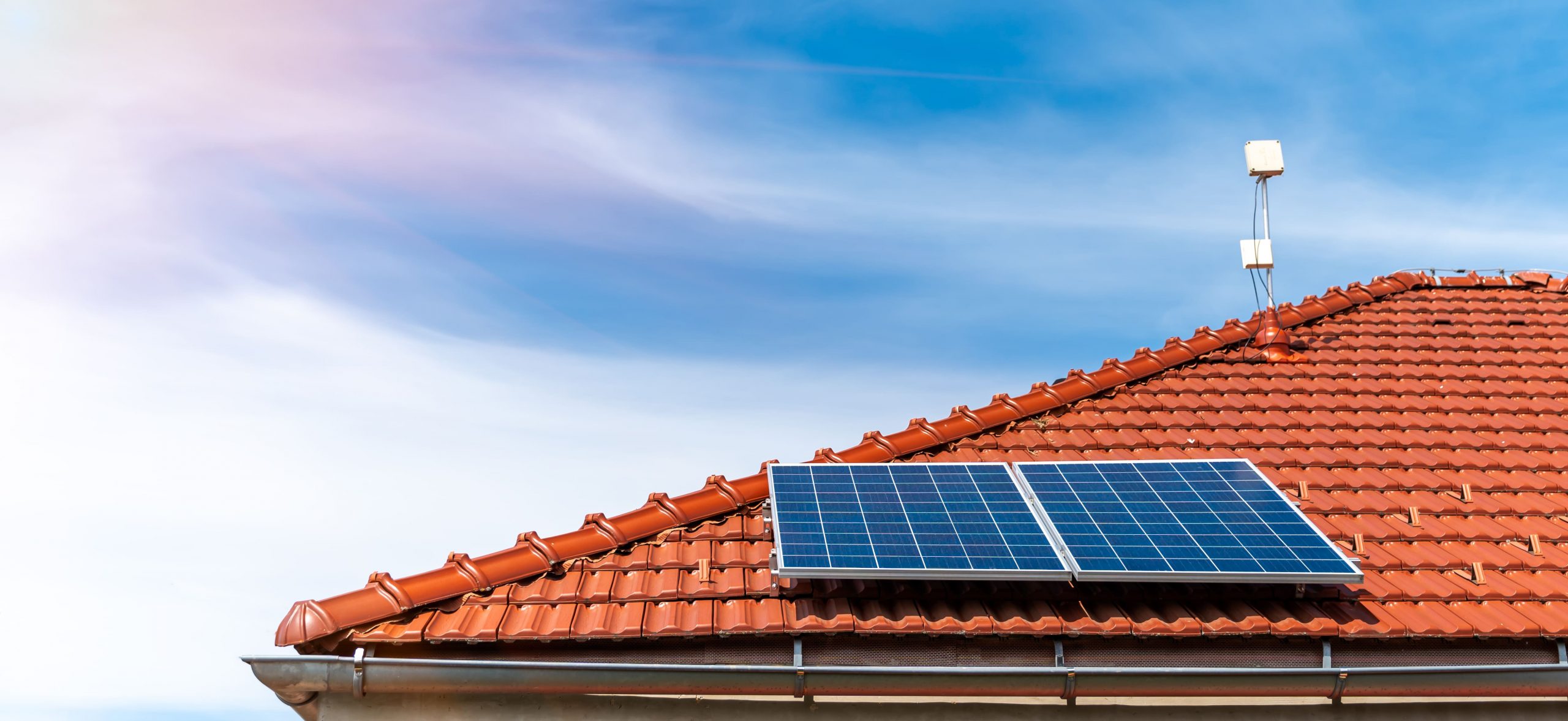Starting with energy efficient roofing options for hot climates, this introduction aims to grab the readers’ attention by highlighting the importance of choosing the right materials and technologies to combat heat and save energy. From discussing various roofing materials to exploring cool roofing technologies, this topic delves into practical tips for installation and maintenance that are crucial for optimizing energy efficiency in hot climates.
Energy Efficient Roofing Materials
Choosing the right roofing material is crucial for maintaining energy efficiency in hot climates. Here are some options to consider:
Metal Roofing
Metal roofing is a popular choice for energy efficiency due to its ability to reflect sunlight and reduce heat absorption. This can help lower cooling costs in hot climates.
Tile Roofing
Tile roofing is another energy-efficient option as it provides natural insulation and helps regulate indoor temperatures. It can also withstand high temperatures and is durable in hot climates.
Cool Roof Coatings
Cool roof coatings are designed to reflect sunlight and emit heat, keeping the building cooler and reducing the need for air conditioning. These coatings can be applied to various roofing materials for added energy efficiency.
Cost Comparison
While energy-efficient roofing materials may have a higher upfront cost compared to traditional options, the long-term savings on energy bills can outweigh the initial investment. Additionally, some energy-efficient materials may qualify for tax credits or incentives, further offsetting the cost.
Cool Roofing Technologies
Cool roofing technologies play a crucial role in maintaining energy efficiency in buildings, especially in hot climates. By reflecting sunlight and heat away from the building, these innovative systems help reduce cooling costs and improve indoor comfort.
Reflective Roof Coatings
Reflective roof coatings are one of the most common cool roofing technologies used today. These coatings are applied to the existing roof surface and help reflect sunlight, reducing the amount of heat absorbed by the building. They come in a variety of formulations and colors to suit different roof types and climates.
Green Roofs
Green roofs are another type of cool roofing technology that involves planting vegetation on the roof surface. These living roofs help absorb heat, provide insulation, and reduce the urban heat island effect by adding green space to urban areas. They can also improve air quality and provide habitat for wildlife.
Solar Reflective Shingles
Solar reflective shingles are designed to reflect more sunlight and absorb less heat compared to traditional roofing materials. These shingles are often made with special coatings or materials that enhance their reflective properties, helping to keep the building cooler and reduce energy consumption.
Cool Roof Tiles
Cool roof tiles are specially designed to reflect sunlight and heat away from the building. They come in a variety of styles and materials, including clay, concrete, and metal, and are available in different colors to suit various architectural styles. These tiles help reduce energy costs and improve indoor comfort in hot climates.
Reflective Roof Coatings
Reflective roof coatings play a crucial role in enhancing energy efficiency in hot climates by reducing heat absorption by roofs. These coatings are designed to reflect sunlight and heat away from the building, preventing it from being absorbed into the structure.
Importance of Reflective Coatings
Reflective roof coatings work by reflecting a significant portion of the sun’s rays, including infrared and ultraviolet radiation. This helps to lower the roof surface temperature, reducing the amount of heat transferred into the building. As a result, buildings stay cooler, requiring less energy for air conditioning, which leads to lower energy consumption and utility bills.
Impact on Indoor Temperature and Energy Consumption
- Reflective coatings can reduce indoor temperatures by as much as 20 degrees Fahrenheit, creating a more comfortable living or working environment.
- By reducing the need for constant air conditioning, reflective coatings can significantly lower energy consumption, leading to cost savings for building owners.
- Additionally, lower indoor temperatures can improve occupant comfort and productivity, especially during hot summer months.
Installation and Maintenance Tips
Proper installation and maintenance are crucial for ensuring the long-term energy efficiency of your roofing system in hot climates. By following best practices and conducting regular inspections and repairs, you can maximize the lifespan of your energy-efficient roof.
Best Practices for Installation
- Ensure proper ventilation to prevent heat buildup in the attic, which can affect the performance of the roofing materials.
- Select roofing materials that are specifically designed for hot climates and offer high reflectivity and emissivity.
- Hire experienced roofing contractors who are familiar with energy-efficient roofing techniques and products.
- Follow manufacturer’s guidelines for installation to ensure optimal performance and energy savings.
Importance of Proper Maintenance
- Regular maintenance helps identify and address issues early on, preventing costly repairs in the future.
- Inspect the roof for damage, such as cracks, leaks, or missing shingles, and repair them promptly to maintain energy efficiency.
- Clean debris, such as leaves and branches, from the roof to prevent clogging of gutters and drainage systems.
- Consider applying a fresh coat of reflective roof coating every few years to maintain the roof’s energy-saving properties.
Closing Summary
In conclusion, understanding the significance of energy efficient roofing options for hot climates is key to creating a sustainable and comfortable environment. By implementing the insights shared in this discussion, individuals can make informed decisions to enhance energy efficiency, reduce heat absorption, and lower energy consumption in their homes or buildings.
